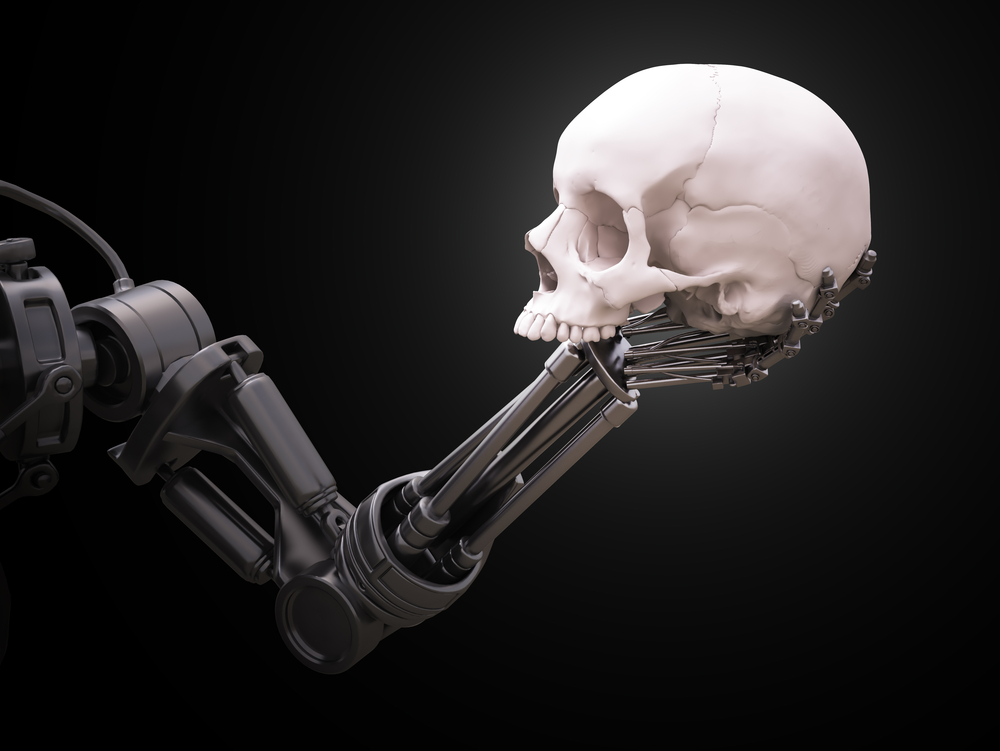Everyone who’s used a machine translation app like Google Translate, Babylon, Jibbigo or iLingual will have experienced the thrill: the first time you copy-paste text in a previously unfathomable language and it translates it, instantly.
It’s intoxicating, and a little bit ‘Brave New World’, but along with that futuristic thrill comes a harsh reality. A machine translation app may be able to give you the gist of a piece of foreign language text – or even a very clear, literal translation – but it can’t compete with the delicacy and local knowledge of content translated by a human.
That being said, machine translation engines are becoming more and more sophisticated all the time, allowing for high-speed multilingual online communication. For businesses, this is a massive opportunity for growth, considering that more than 40% of internet users are not English speakers, according to 2013 statistics by Internet World Stats.
>See also: Man and machine: Cognitive computing in the enterprise
So how can online businesses make use of translation technology to expand their business into non-English speaking regions? And what place does the humble human translator have in this new world of machine translation?
Rise of the machines
General-use machine-translation engines, like Google Translate, tend to give very literal dictionary translations, and in the case of translating non-Latin alphabets like Arabic, Cyrillic or Chinese into English, can often return complete nonsense. But some sophisticated translation companies have begun to offer machine-translation engines that are trained by human translators.
In these instances, the translation engine is “fed” with as much of a business’s professionally translated content as possible for all of its different language markets, so that the machine begins to recognise the terminology that’s particular to its sector, and for each of its different markets.
To give a very broad example, if a business is fashion, a machine translation tool designed for English to French would recognise that a specific type of blazer or jacket should be translated as a “smoking jacket”, not with the dictionary translation of “veste”.
For high-volume, low-quality translations, it might be sufficient to simply use the machine-translated content (if a few inaccuracies aren’t likely to cause major troubles). If a business needs a higher quality translation, though, the most cost effective option is post-edited machine translation.
This is where the content is fed through the machine-translation engine and then checked afterwards by a human translator to ensure there are no errors, and that the content is correctly localised for its intended region (no jarring cultural references, language and spelling choices).
The professional translator will then feed any adjustments they make back into the translation engine, so it gets more efficient and knowledgeable the more it gets used.
Making multilingual easy
Managing translation and multilingual content by hand can be extremely time-consuming: emailing back and forth, checking content, debating over changes etc. And with an ecommerce website, there’s a lot of content to get through, from carefully tailored landing pages through to constantly changing product catalogue, client communications, front page updates, and so forth.
But businesses can eliminate that administration time by using an API to connect their website with professional human translators and intelligent machine-translation engines, so they can quickly and efficiently translate their website content from popular e-commerce platforms like Magento into different languages.
The API connects a site’s platform directly with the translation system, and allows businesses to set up the rules as to what content gets sent automatically for translation, and what gets sent individually.
The content is then whisked away to be automatically machine translated and then, if the business chooses, quickly checked by professional human translators for accuracy, before being automatically sent back to your website for approval or instant publication.
In essence, with the right set-up, connecting a foreign language ecommerce site with a translation API can allow a business to operate a site in a foreign language almost without touching it. The business just looks after the content on its English language website, and the translation API can take that content and tailor it for your foreign language website.
What about the humans?
So does this spell imminent doom for human multi-linguists? Not quite yet. As mentioned above, for quality translations where errors are likely to cause problems, such as product descriptions, at the very least businesses will want a human translator to post-edit the machine translations, to ensure accuracy.
The US Department of Labor put it best in a 2014 report, writing, “It is seldom, if ever, sufficient to use machine translation without having a human who is trained in translation available to review and correct the translation to ensure that it is conveying the intended message.”
And more importantly, for carefully tailored marketing content, such as a landing page, businesses will definitely need a professional human translator. They should not only be a native speaker of the target language, but also experienced in that business sector and have an in-depth knowledge of marketing and copywriting.
This will ensure they get all the colloquialisms and cultural references correct, use the right terminology and accurately capture the styling and tone of your finely crafted marketing copy.
Businesses will also want to ensure that a native language search specialist optimises their landing pages for SEO. Then they can be confident that their various pages will perform well with the keywords that are the most used and most relevant in that language and for that region.
So no, the machines aren’t taking jobs just yet – but they're certainly winning the race in translation.
Sourced from Christian Arno, founder and CEO, Lingo24










